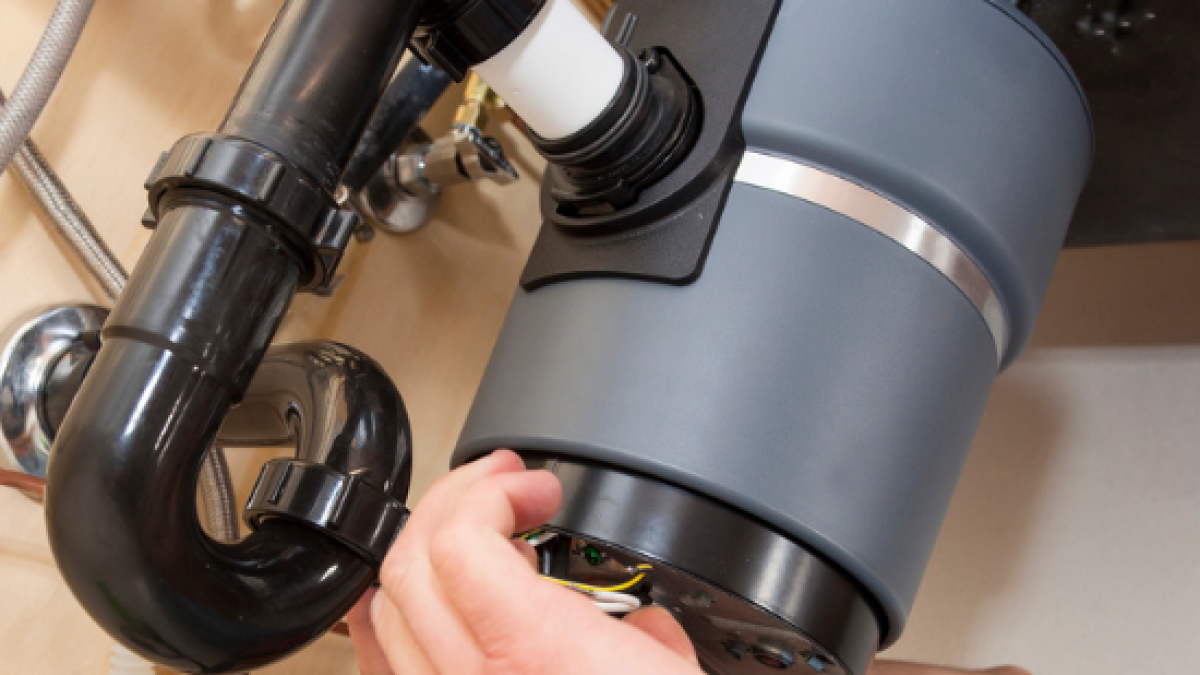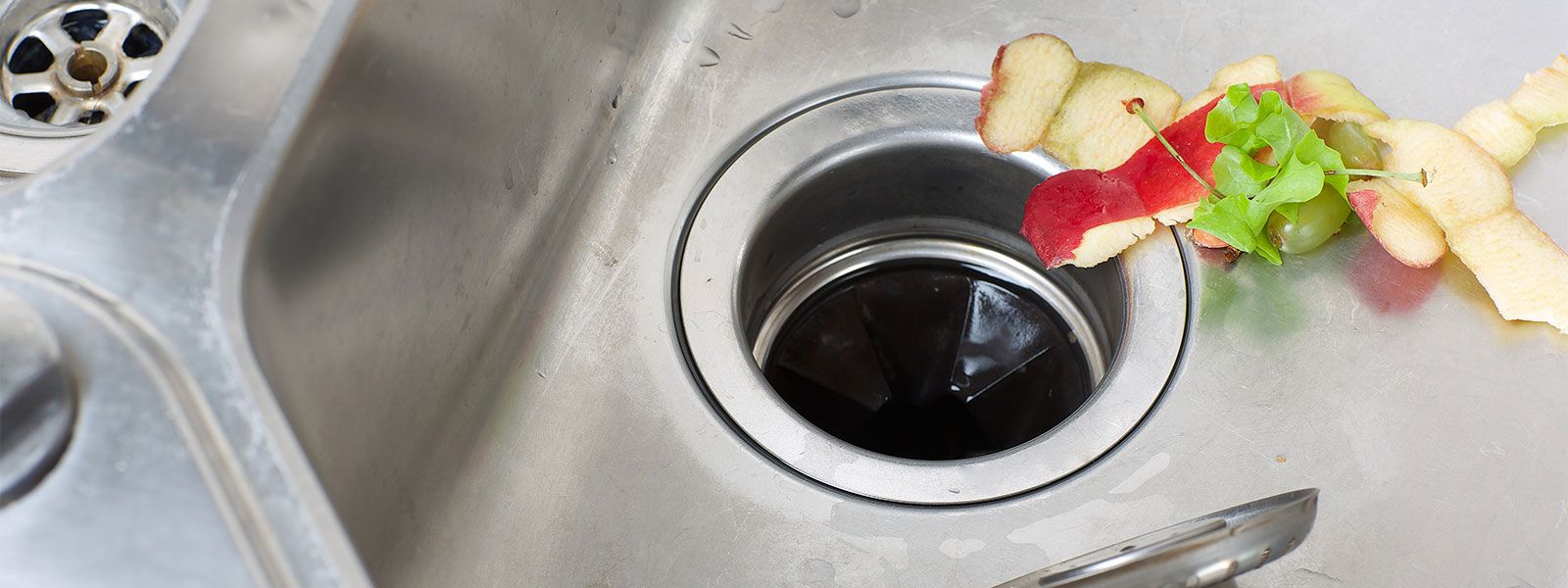Quick Fixes for a Dripping Garbage Disposal
Quick Fixes for a Dripping Garbage Disposal
Blog Article
Everybody seems to have their own conception in relation to Garbage Disposal Leaking From Bottom.

Waste disposal unit are crucial kitchen home appliances that help in dealing with food waste efficiently. However, a leaking garbage disposal can be a discouraging and untidy issue to handle. The good news is, numerous leakages can be taken care of easily with a couple of straightforward steps. In this short article, we will certainly talk about just how to take care of a leaking waste disposal unit successfully.
Introduction
Garbage disposals are mounted under kitchen sinks and are created to shred food waste into smaller items, permitting it to travel through the plumbing system easily. While these gadgets are usually dependable, leakages can take place with time due to deterioration, loosened links, or damages to the device.
Usual Sources Of Leakages in Garbage Disposals
Worn Seals and Gaskets
Seals and gaskets play an essential duty in protecting against water from dripping out of the waste disposal unit. In time, these elements can weaken, leading to leaks around the disposal unit.
Loose Connections
The links between the garbage disposal and the pipes system can become loosened gradually, causing water to leakage out during procedure.
Splits or Holes in the Disposal System
Physical damage to the waste disposal unit, such as cracks or openings in the real estate, can likewise cause leaks.
Recognizing the Source of the Leak
Before trying to deal with a leaking waste disposal unit, it is essential to identify the source of the leak. This can generally be done through visual evaluation or by carrying out easy examinations.
Visual Examination
Check the garbage disposal unit meticulously for any type of signs of water leak. Pay very close attention to locations around seals, gaskets, and connection factors.
Evaluating for Leaks
One means to check for leakages is by running water with the disposal device and checking for any kind of visible indications of leak.
Tools and Products Needed for Repairing a Dripping Garbage Disposal
Before beginning the repair work process, collect the needed tools and materials, consisting of a screwdriver, adjustable wrench, plumber's putty, substitute seals or gaskets, and epoxy or patching product for repairing splits or openings.
Step-by-Step Guide to Dealing With a Dripping Garbage Disposal
Switch off the Power
Before trying any kind of repair services, ensure that the power to the waste disposal unit unit is switched off to prevent the threat of electric shock.
Find the Leakage
Determine the specific location of the leakage and identify the reason.
Tighten Connections
Make use of a wrench to tighten any loose connections between the disposal unit and the pipes system.
Change Seals or Gaskets
If the leak results from worn seals or gaskets, get rid of the old components and change them with brand-new ones.
Patching Cracks or Holes
For cracks or holes in the disposal unit, use epoxy or a suitable patching material to seal the damaged location.
Testing the Waste Disposal Unit After Repair
As soon as the fixing is total, evaluate the garbage disposal by running water via it to make sure that the leak has actually been solved.
Preventive Maintenance Tips to Avoid Future Leakages
To prevent future leakages, it is necessary to perform normal maintenance on your waste disposal unit. This includes maintaining it clean, preventing placing non-food items or tough objects down the disposal, and regularly looking for leakages or other problems.
Verdict
In conclusion, taking care of a leaking garbage disposal is a relatively straightforward procedure that can be completed with basic devices and materials. By complying with the steps detailed in this article and practicing preventative maintenance, you can maintain your waste disposal unit in good working condition and prevent expensive fixings in the future.
HERE’S HOW TO FIX YOUR GARBAGE DISPOSAL
WHAT TO DO IF SOMETHING IS STUCK IN YOUR GARBAGE DISPOSAL
If the impeller won’t turn, there’s probably something stuck in the disposal. It could be a steak bone or peach pit, although plumbers report pulling all sorts of inappropriate objects out of disposals, such as bottle caps or aluminum foil. Make sure power to the disposal is off, and look inside to see if you can see the source of the jam.
Never stick your fingers in a disposal. Pull out anything you see with tongs or pliers.
If the disposal still won’t work, it may be time to call a plumber or consider buying a new disposal. GEM Plumbing & Heating is here for all of your garbage disposal needs.
WHAT TO DO IF YOUR GARBAGE DISPOSAL DRAIN IS CLOGGED
Take everything out from underneath your sink and put a bucket or other container under your disposal to catch any water that drains out. Disconnect your disposal from the power supply. If it’s plugged into a wall outlet, unplug it. If it’s hardwired into an electrical box, go to the electrical panel and turn off the breaker for the disposal. Pour ¼ cup of baking soda into the drain, followed by ½ cup of white vinegar. Give the solution a few minutes to fizz and do its work. Look into the disposal with a flashlight to see if you can see an object that might be causing the clog. If you see it, remove it using tongs or pliers. MORE TIPS ON DEALING WITH A CLOGGED GARBAGE DISPOSAL
Never use drain cleaner in a garbage disposal. It can damage the plastic parts inside the disposal. You can also be splashed with the caustic liquid while working to clear the clog. Beware! Never stick your fingers into a garbage disposal. Trust us — not a good idea. In many instances, your dishwasher drains through your garbage disposal. This allows the disposal to grind any large food particles that may be drained out of your dishwasher. There are some jurisdictions, however, where the plumbing code prohibits such a connection. WHAT TO DO WHEN YOUR DISHWASHER DRAINS THROUGH THE DISPOSAL
Run some water in the sink so your plunger has at least a ½-inch of water to create a seal and plunge vigorously up and down several times. You may need to repeat this several times. Run hot water down the drain to clear any residue that remains.

Hopefully you enjoyed our piece on Why Is . Many thanks for spending some time to read through our short article. Don't hesitate to take the time to share this blog posting if you appreciated it. Thank you so much for taking the time to read it.
Source Report this page